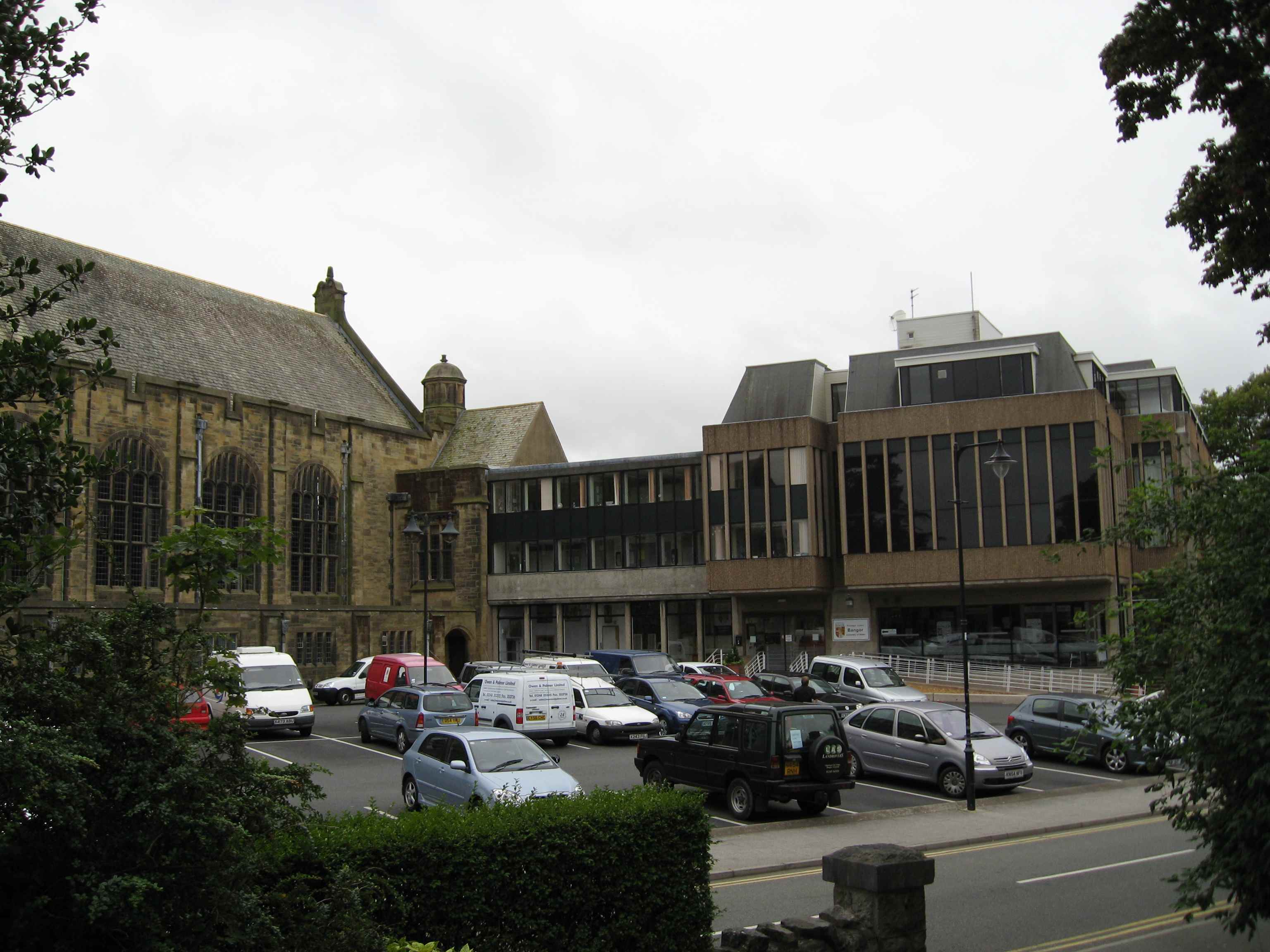First International Conference of Music and Minimalism, University of Wales, day 2:

I’ve been asked how many people are here: there are 34 papers over the three days, and I’d guesstimate that accounts for about half the people attending. Today was a little more diverse than yesterday, not quite as consistently exciting, but long and dense. A lot of us have been talking about how great it is to be able to indulge our enthusiasms for various obscure minimalisms amidst other academics without having them sneered at. Jonathan Bernard (U. of Washington) stepped in to play pop music indistinguishable from minimalism (Orbital, Eno, King Crimson, Sigur Ros, Villalobos, Plastikman, and others), and to warn us that someday soon minimalism may seem like merely a classical tributary into a much larger worldwide movement. John Pymm (U. of Wolverhampton) analyzed how Reich’s recent works warn us about technology, John Richardson (U. of Jyväskylä, Finland) deconstructed Glass’s La Belle et la Bête, but had to admit he was as clueless as the rest of us why Glass couldn’t turn off the arpeggio machine now and then. I learned a hell of a lot about John Adams’s music, which I’ve barely ever analyzed – everything I ever wanted to know except why he’s considered a minimalist. And Scott Cook (U. of British Columbia) revealed that Gavin Bryars has made a career out of the same kinds of third-related triad shifts I’ve been composing with since I first heard Einstein on the Beach.
Amid all the theorists (who now spout neo-Riemannian theory about L and LPL transformations and UTTs as though we’re all supposed to know what those are), there was one geniune composer celebrity. Christopher Hobbs, one of the original British minimalists whom I’d not heard a word about in decades, surfaced and played some of his new music, based on Sudoku puzzles, which he’s been using much as Cage used the I Ching. May sound hokey, perhaps, but he came up with a surprisingly varied and attractive array of ambient and percussive textures, and one piece that reminded you of Japanese Gagaku music was titled Sudogagakuku. You’ll be hearing some on Postclassic Radio shortly.
Of more immediate impact, perhaps, was Virginia Anderson’s talk on British “systems music.” This was a ’70s movement involving Hobbs, John White, Gavin Bryars, Michael Parsons, Michael Nyman, High Shrapnel, and others, who got into making music via strict numerical systems. For months now, the Minimalism article at Wikipedia has claimed that “the term was used informally as a term for all minimalism in the 1980s.” Anderson explained: by the 1980s, the systems movement was in decline, and as its original referent faded from memory, critics who weren’t very sympathetic to the movement in the first place (like Paul Griffiths) continued attaching the term to Nyman, as he became famous. Since Nyman changed style to write more like Reich and Glass, lazy and uninformed writers (whom she named, with citations) who didn’t know the original context started lumping in Riech and Glass with Nyman as “systems composers.” But as Anderson said, “With that kind of definition, it doesn’t mean anything anymore, does it? We have a perfectly good word for [what Glass and Reich were doing]: minimalism. Systems music was a different kind of music with a divergent and separate history.”
In other words, Wikipedia’s claim is trivially true that systems music “was used informally as a term for all minimalism in the 1980s” – by people who didn’t know systems music from a hole in the ground. Anderson, who appears to be the leading expert on that movement – at least Hobbs, who was there, seemed to think so – has corrected Wikipedia’s ignorant claim, but the infinite sages there keep putting it back.

Christopher Hobbs and Virginia Anderson.
